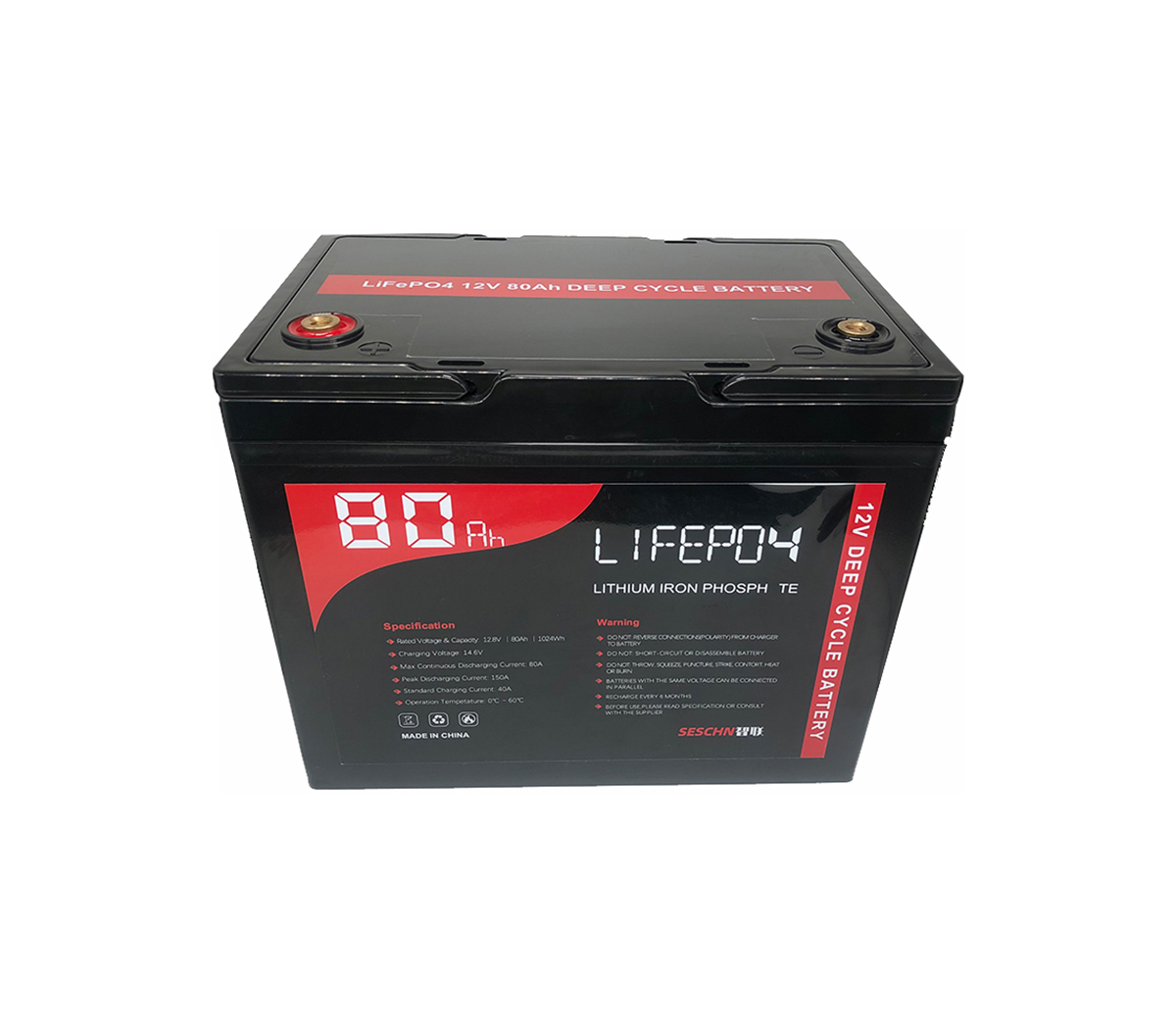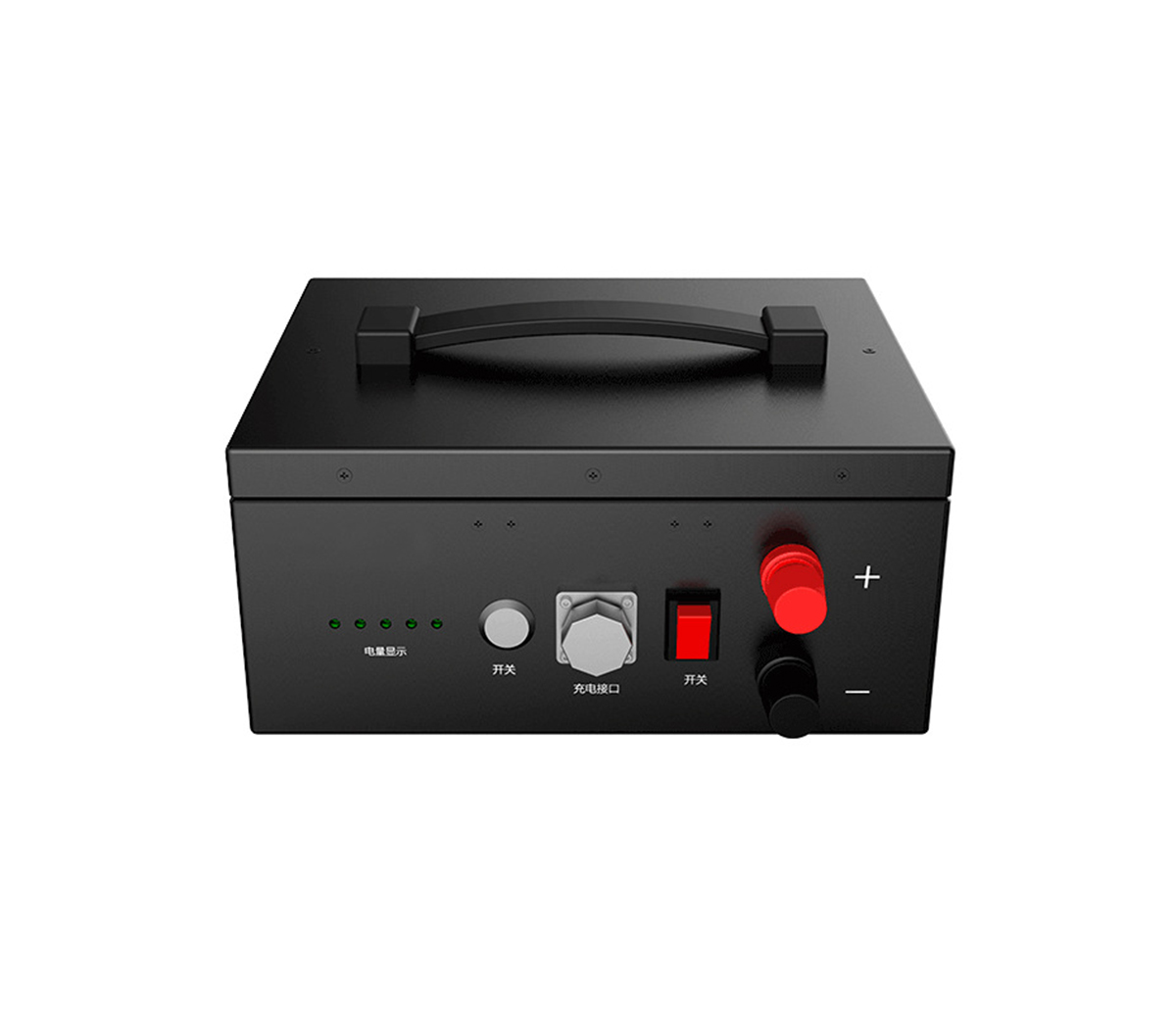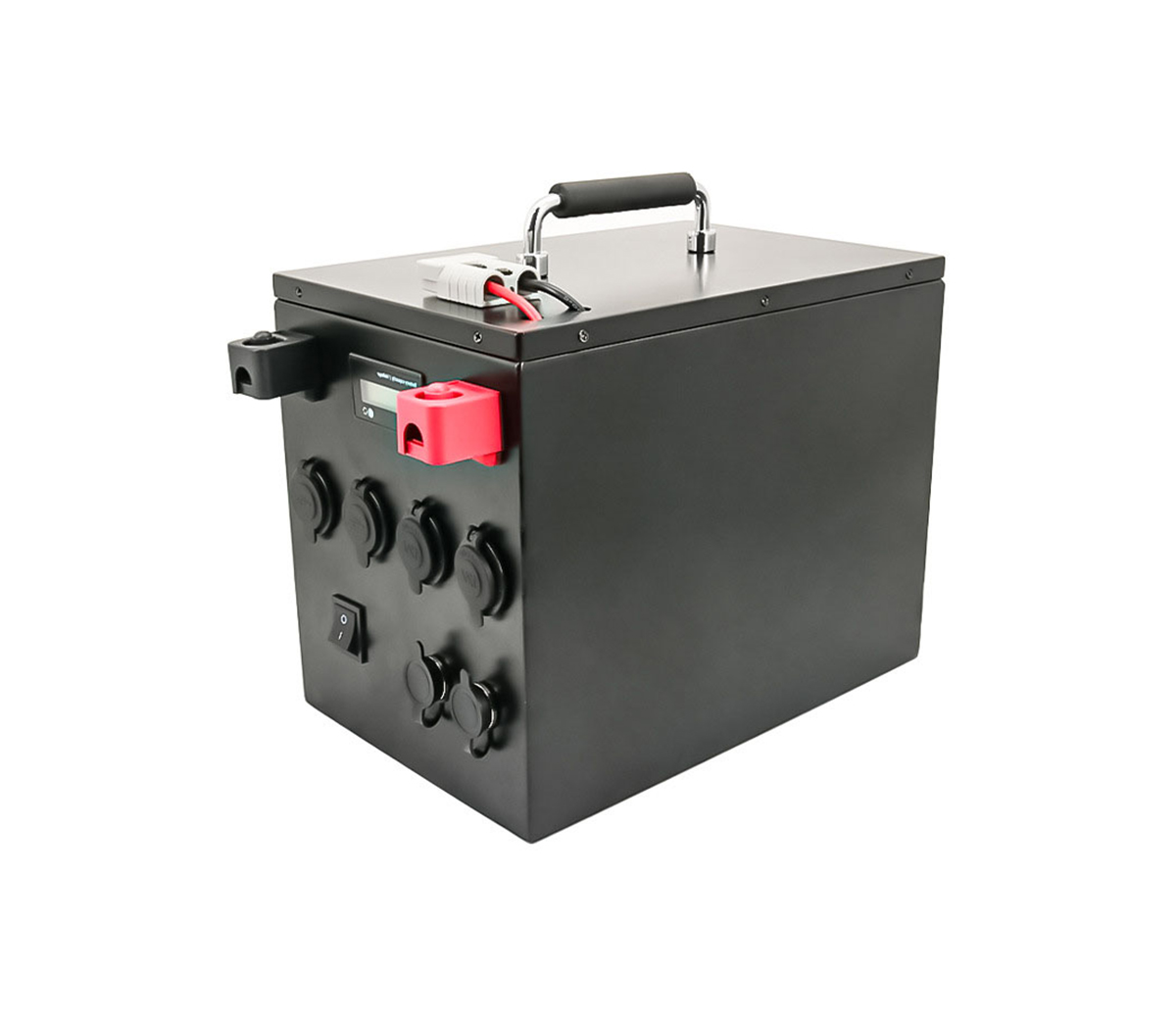Brief introduction of power battery recycling channels and key technologies
China's new energy vehicle production will exceed the 1 million mark in 2018, and it will exceed 2 million in 2020, and the stock will exceed 5 million. 2015 is the first year for China to promote the application of new energy. In 2018, the wave of large-scale decommissioning of power batteries is about to start, and 2019 will enter an explosive period.
China's new energy vehicle production will exceed the 1 million mark in 2018, and it will exceed 2 million in 2020, and the stock will exceed 5 million. 2015 is the first year for China to promote the application of new energy. In 2018, the wave of large-scale decommissioning of power batteries is about to start, and 2019 will enter an explosive period.
The average content of lithium in the ternary battery is 1.9%, nickel 12.1%, and cobalt 2.3%; in addition, copper and aluminum also account for 13.3% and 12.7%. Cobalt has good ductility and ferromagnetism, high temperature resistance, corrosion resistance, and magnetic properties. It is widely used in aerospace, machinery manufacturing, electrical and electronics, chemistry, ceramics and other industrial fields. In 2015, the global output of cobalt ore was 123,800 tons, Congo (DRC) produced 63,000 tons of cobalt ore, accounting for more than 50%, and China only produced 7,700 tons, accounting for 6.2%. For China, cobalt is a scarce resource. Therefore, the recovery and reuse of cobalt from waste batteries has become more and more economical; lithium is the main element in power lithium batteries, and lithium resources are widely distributed in nature, but the extraction process of lithium resources has higher industry barriers. Due to the growing demand for new energy vehicles, more and more companies are beginning to pay attention to lithium battery recycling, and use batteries to recycle raw materials to produce batteries. The energy saving rate is between 70% and 90%. Recycling raw materials through batteries and producing batteries has absolute advantages in terms of energy saving and emission reduction, and its macro-level economy is self-evident. 3. Analysis of power battery recycling channels After the power battery is retired from the car, its charging and discharging performance cannot meet the power demand of the vehicle, but the internal chemical composition of the battery has not changed, and it can be used in places with lower power requirements than the car. Use it in energy storage or related power supply base stations, street lights, low-speed electric vehicles, etc., and finally enter the recycling system after being eliminated. In summary, it can be divided into two cyclic processes: ①Echelon utilization: The battery capacity is reduced, so that the battery cannot make the electric vehicle run normally, and it can still be used in other ways, such as electric energy storage. (Note: The battery itself has not been scrapped) ②Disassembly and recycling: The battery cannot be used continuously because of the serious loss of battery capacity. The only way to recycle the battery is to recycle valuable renewable resources. The Chinese government has clearly adopted the extended producer responsibility system, as shown in Figure (1). But the implementation of this system has not yet started. The recycling channels have not yet been established, and this is a key issue that is urgently to be resolved.
Currently there are channels: ①recycling small workshop There are many aspects, and the cost of recycling is low. However, these small workshops do not have technical guarantees and are prone to produce safety hidden. ②Professional recycling companies have advanced technology and equipment, standardized processes, and strong comprehensive strength. They are the backbone enterprises for the recycling and utilization of power batteries. But how to ensure that these companies have "profits"? The market has not yet grown up, and how to implement government policies, etc., needs to be studied in depth. ③Waste Materials Recycling Association Waste Materials Recycling Association has more member units, more contacts, and a relatively complete recycling network. However, at present, such organizations have not yet launched the power battery recycling business. How to rationally lay out the power battery recycling market? How to regulate it? There is still a lot of work to be done. Fourth, the recycling process classification of waste lithium-ion batteries is classified according to different extraction processes, and the recycling technology of lithium-ion batteries can be divided into three categories: (1) Dry recycling technology mainly includes mechanical separation and high-temperature pyrolysis (Or pyrometallurgical method), see table (1). The dry recovery process is relatively short, and the recovery is not very specific. It is the preliminary stage to realize the separation and recovery of metals. Mainly refers to the method of directly recovering materials or valuable metals without using media such as solutions, mainly through physical separation and high-temperature pyrolysis, the battery is crushed and classified by coarse screening, or the organic matter is removed by high-temperature decomposition for further Element recycling.
(2) Wet Recovery Technology The wet recovery technology process is more complicated, as shown in Table (2), but the recovery rate of each valuable metal is relatively high, and it is currently the main technology for processing waste nickel-hydrogen batteries and lithium-ion batteries. Wet recovery technology uses various acid and alkaline solutions as the transfer medium to transfer metal ions from the electrode material to the leaching solution, and then remove the metal ions from the solution in the form of salts, oxides, etc., by means of ion exchange, precipitation, and adsorption. Extracted from it.
(3) Biological recycling technology: At present, the research on biological recycling technology has just started, which is the ideal direction for the development of lithium-ion battery recycling technology in the future. Biological recycling technology has the characteristics of low cost, low pollution and reusability. The main method is to use microbial leaching to convert the useful part of the system into soluble compounds and selectively dissolve them to obtain a solution containing effective metals, to achieve the separation of the target part from the impurity part, and finally to recover valuable metals such as lithium. The entire recovery process is generally divided into 4 parts: (1) pretreatment part; (2) electrode material repair; (3) valuable metal leaching; (4) chemical purification. The first step: the pretreatment process, its purpose is to initially separate and recover the valuable parts of the old lithium-ion battery, and efficiently and selectively collect the high value-added parts such as electrode materials, so that the subsequent recovery process can proceed smoothly. The pretreatment process generally combines crushing, grinding, screening and physical separation methods. The second step: material separation. The mixed electrode material of the positive electrode and the negative electrode is enriched in the pretreatment stage. In order to separate and recover valuable metals such as Co and Li from it, the mixed electrode material needs to be selectively extracted. The process of material separation can also be in accordance with dry recycling, wet recycling and biological recycling. The third step: chemical purification. Its purpose is to separate, purify and recover various high value-added metals in the solution obtained in the leaching process. 5. Summary ① Lithium-ion batteries are more environmentally friendly than lead-acid batteries, but they also pollute the environment. Facing the large-scale decommissioning of power batteries, the basic ways of utilization are as follows: one is cascade utilization; the other is the recycling of waste lithium-ion batteries. ②The recycling technology of used lithium-ion batteries is mature, so don’t worry too much. ③Developing new energy vehicles, one is the measures taken by the Chinese government to deal with the increasing insecurity of gasoline (diesel) oil; second, lithium-ion batteries are more environmentally friendly than lead-acid batteries; third, lithium-ion batteries There are mature technologies that can deal with the environmental problems that arise.


































